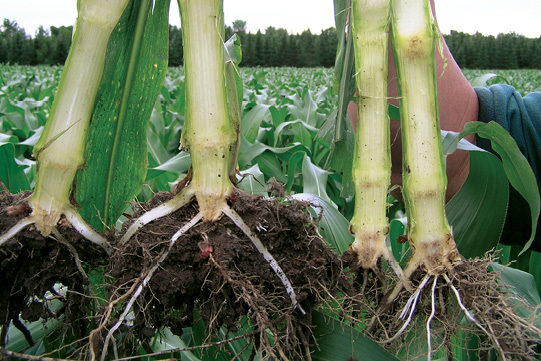No-Till Farmer
Get full access NOW to the most comprehensive, powerful and easy-to-use online resource for no-tillage practices. Just one good idea will pay for your subscription hundreds of times over.

When no-tillers are struggling to climb over a plateau in their crop yields, their first step should be finding out what’s happening with the nutrient balance and biological activity in their fields.
If soils aren’t healthy and cycling nutrients properly, piling on more commercial fertilizer or relying on a biological amendment may not work, says Bob Yanda, a consultant for Midwestern BioAg in Monticello, Iowa. Plant growth involves countless complex variables, so unlocking the secret to higher yields may require a more open mind.
“It’s not rocket science. It’s a whole lot more complicated than that,” Yanda told attendees at the National No-Till Conference last January. “In 2010, we successfully launched 74 rockets into space. In that same year, 7,120 farmers entered the National Corn Growers Association Yield Contest, but only seven of them raised 300-bushel corn.”
How It Works. Yanda defines effective soil fertility as the maximum level of nutrients that are exchangeable in the soil for optimum crop performance. Much of that conversion depends on properly functioning soil biology.
Plants don’t “extract” the nutrients they need, Yanda points out. There’s actually a symbiotic relationship that involves sugars, amino acids and water-soluable compounds.
“The plant is feeding the microbial activity to get the nutrients that it needs, and that changes as the plant grows,” Yanda says. “Different microbes do different things. Some 40% to 60% of sugars that a plant processes in the leaf are translocated through the stalk downward and dispensed out through the root to feed the…